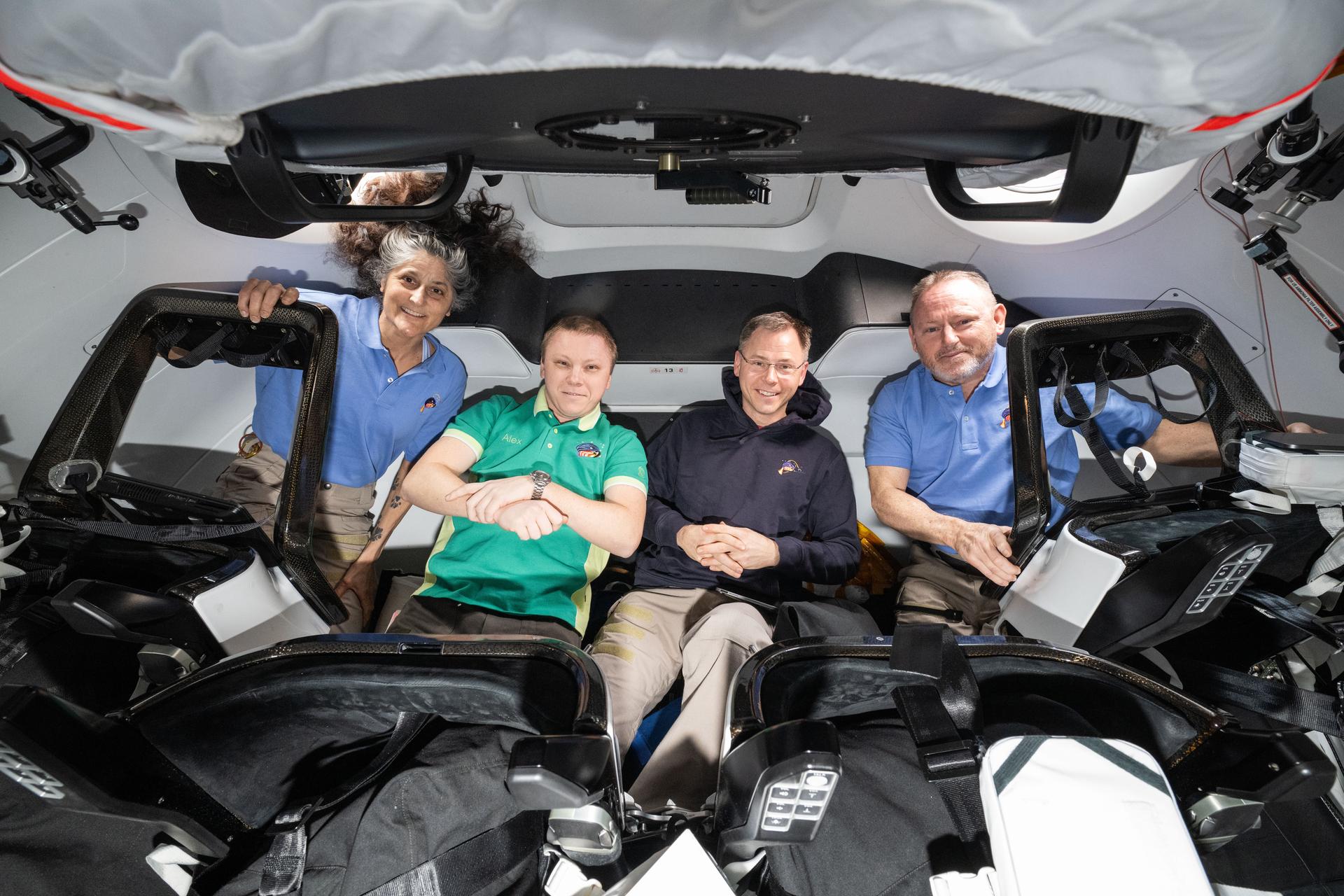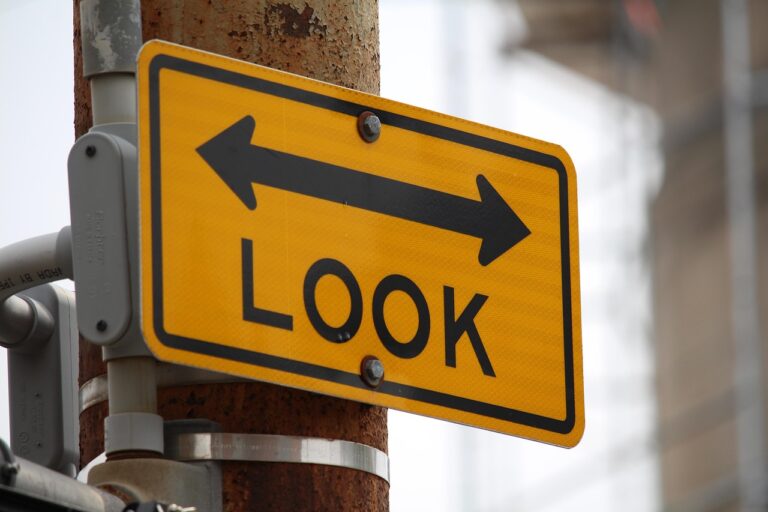
NASA’s SpaceX Crew-9 members pose together for a portrait inside the SpaceX Dragon crew spacecraft docked to the International Space Station. From left, are NASA astronaut Suni Williams, Roscosmos cosmonaut Aleksandr Gorbunov, and NASA astronauts Nick Hague and Butch Wimore. NASA
After almost nine and half months of their space odyssey, astronauts Sunita William and Butch Wilmore are finally back on Earth. NASA’s SpaceX Crew-9 mission, which includes agency astronauts Nick Hague, Butch Wilmore, and Sunita Williams, along with Roscosmos cosmonaut Aleksandr Gorbunov, had a perfect splashdown at 5:57 p.m. Eastern Daylight Time (EDT -3:27 a.m. Wednesday Indian Standard Time -IST) off the coast of Florida.
Leading the return journey was Crew-9 Commander Nick Hague, who is accompanied by Sunita, Butch, and Aleksandr aboard the Dragon spacecraft. During their time at the International Space Station, they collectively engaged in over 900 hours of research, encompassing more than 150 distinct scientific experiments and technology demonstrations.
Watch the video of the splashdown
Sunita Williams and Butch Wilmore initially launched on June 5, 2024, aboard Boeing’s Starliner spacecraft for its inaugural crewed mission, arriving at the space station the following day. After the agency opted to return the Starliner without a crew, they continued their work aboard the station as part of the Expedition 71/72 team.
At 1:05 a.m. EDT today (10:35 a.m. IST), Nick, Sunita, Butch, and Aleksandr successfully undocked from the space-facing port of the International Space Station’s Harmony module using the SpaceX Dragon spacecraft. During their final shift at the station, Wilmore and Williams focused on routine lab maintenance and inspections. They also ensured that all cargo was properly packed and secured within the Dragon for their journey back to Earth.
At 11:05 p.m. EDT on March 17 (8:35 a.m. March 18, IST), the crew sealed the hatch between the SpaceX Dragon spacecraft and the International Space Station, marking the final preparations for undocking and the return of NASA astronauts along with cosmonaut Gorbunov to Earth.
The four crew members of NASA’s SpaceX Crew-10 mission were launched at 7:03 p.m. EDT on Friday, March 14 (4:33 a.m. on Saturday, March 15 IST) from Launch Complex 39A at NASA’s Kennedy Space Center in Florida, embarking on a scientific expedition to the International Space Station. A SpaceX Falcon 9 rocket successfully carried the Dragon spacecraft into orbit, transporting NASA astronauts Anne McClain and Nichole Ayers, JAXA astronaut Takuya Onishi, and Roscosmos cosmonaut Kirill Peskov. The spacecraft autonomously docked with the forward-facing port of the station’s Harmony module at approximately 11:30 p.m. on Saturday, March 15 (9 a.m. March 16 IST). Following the docking, the crew integrated into Expedition 72/73 for an extended stay aboard the orbiting laboratory.
With the arrival of Crew-10, the number of crew members aboard the space station temporarily increased to 11, as they joined NASA astronauts Nick Hague, Sunita Williams, Butch Wilmore, and Don Pettit, along with Roscosmos cosmonauts Aleksandr Gorbunov, Alexey Ovchinin, and Ivan Vagner. NASA astronauts Anne McClain and Nichole Ayers, JAXA astronaut Takuya Onishi, and Roscosmos cosmonaut Kirill Peskov commenced their months-long research mission as flight engineers, dedicating several days to acclimatizing to life in orbit. Pettit, Ovchinin, and Vagner are scheduled to depart the space station in April aboard the Soyuz MS-26 crew ship.
Throughout their mission, Crew-10 engaged in material flammability tests aimed at enhancing future spacecraft and facility designs. This mission exemplifies NASA’s commitment to optimizing the use of the orbiting laboratory, which has been continuously inhabited and operational for over 24 years, facilitating technology testing, scientific research, and the development of skills necessary for operating future commercial ventures in low Earth orbit and for exploring beyond our planet.
– global bihari bureau





